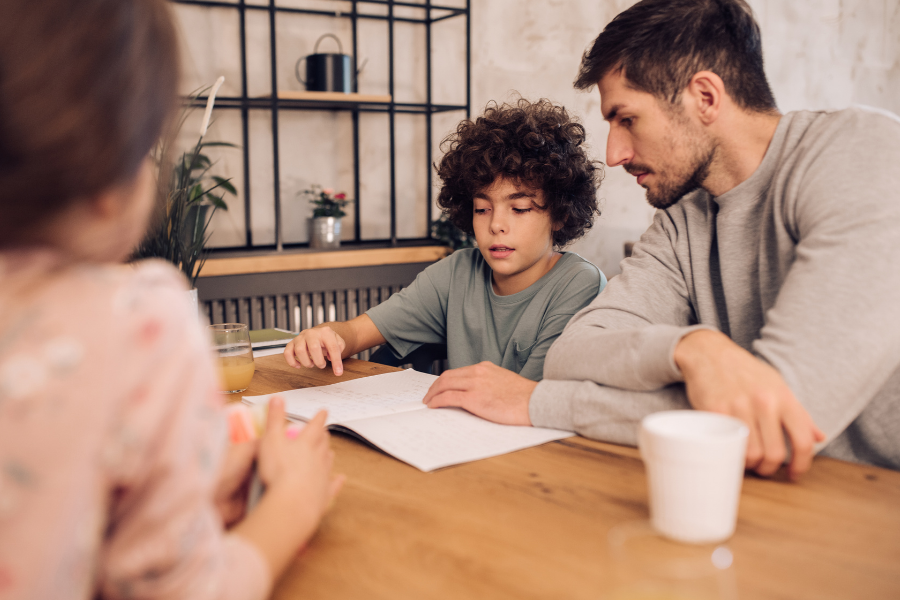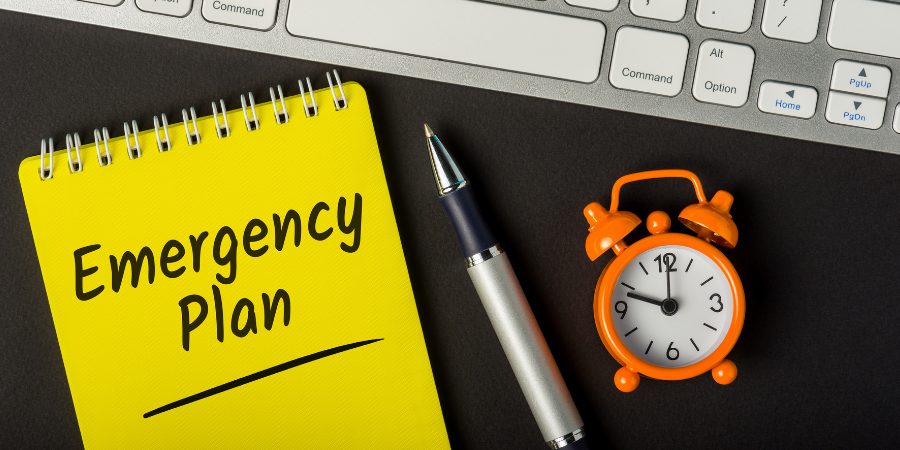September is National Preparedness Month – a time dedicated to family and community disaster planning. Does your child know what to do when faced with an emergency or atypical situation? Help them be prepared and confident by creating plans for them before a problem arises. With National Preparedness Month coinciding with Back-to-School, what better time to prepare than now! So, I’ve compiled some easy tips to prepare your little one to overcome emergencies.
Check out READY.GOV for excellent tips and resources for families on preparedness, including great downloadable/printable materials.
Create Your Emergency Plans
Customize plans for each child according to their needs, ability, and level of responsibility. Make sure plans are written out and easy for them to understand. For younger children, use pictures to depict actions. Once your plans are complete, place them in an easily accessible, designated location.
Emergency Response Plans
First, make a list of some of the most common emergencies and natural disasters in your area. (For a list of emergencies and resources for each, check out Ready.gov.) Then, outline the response you want your child to take for each emergency. Be sure to list simple, actionable steps and include pictures. Don’t forget to make sure little ones can identify the sounds of different emergency alerts, such as smoke alarms and tornado sirens.
Communication Plan
Now, make a plan for your kids that defines who they should contact beyond 911 during an emergency. First, make sure they have your phone number memorized. Then, discuss who you want them to call if they can’t get a hold of you. Also, cover what happens when they don’t have access to a phone. Do you want them to go to a neighbor’s house? Then be sure they know who your trusted neighbors are. Finally, identify safe places for them to stop on their usual routes, such as walking home from school.
Teach Little Ones the Emergency Plans
Now that you’ve made your emergency plans, teach your kids how to enact them. The key is to practice! Schedule emergency drills regularly, such as monthly or quarterly. Quiz your child on the communication plan while riding in the car or waiting in a line.
In addition, chat with kids about how to remain calm during emergencies. Guide them on ways they can control their emotions so they can act quickly. This will give them the confidence to respond appropriately. With preparation and consistent practice, you can feel safe knowing your child is ready for any emergency!
For additional peace of mind, protect your family with security and life safety systems for your home. Contact Northwestern Ohio Security Systems for a free in-home consultation.


